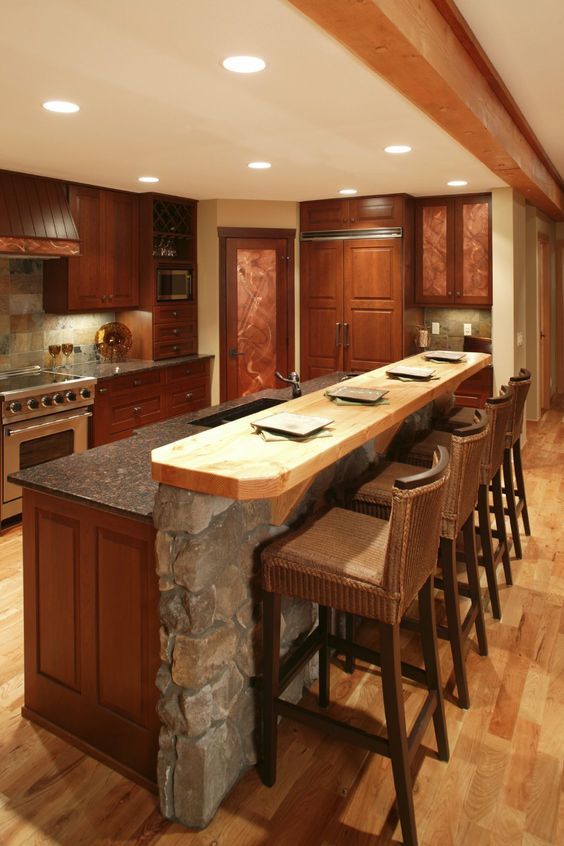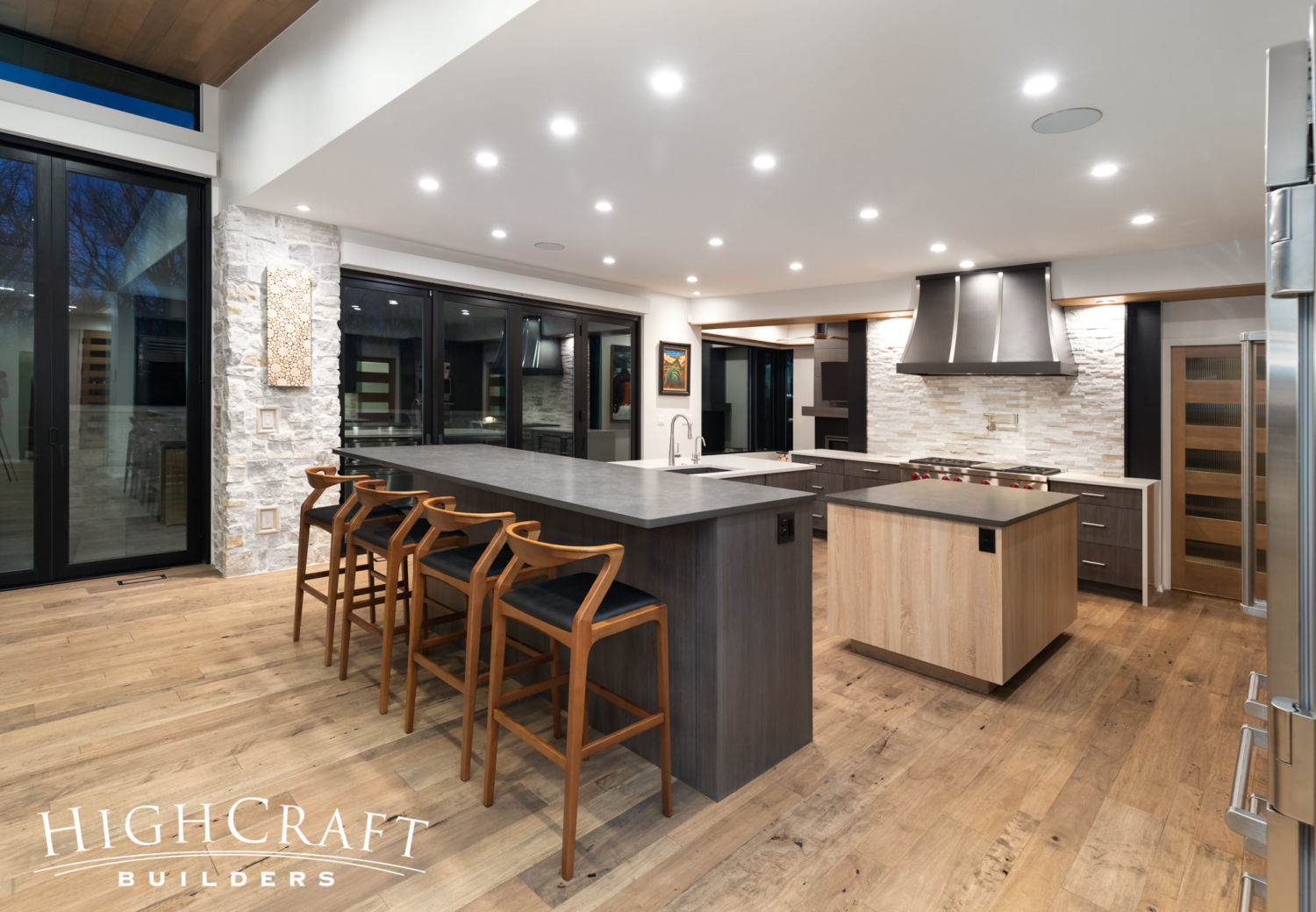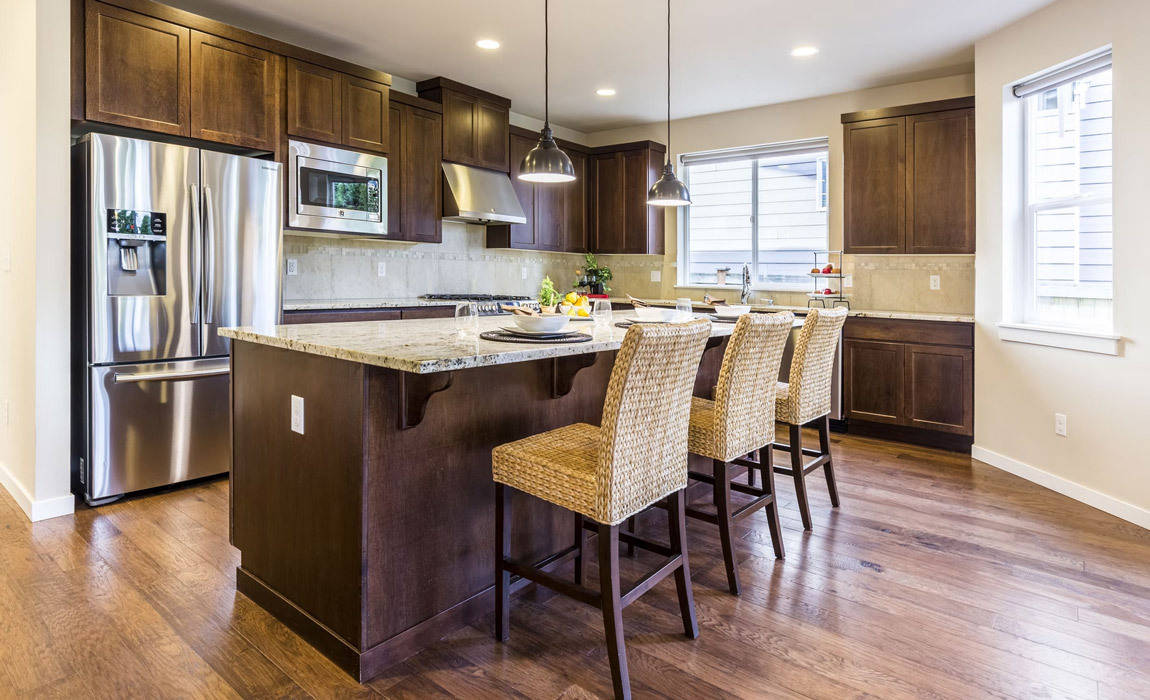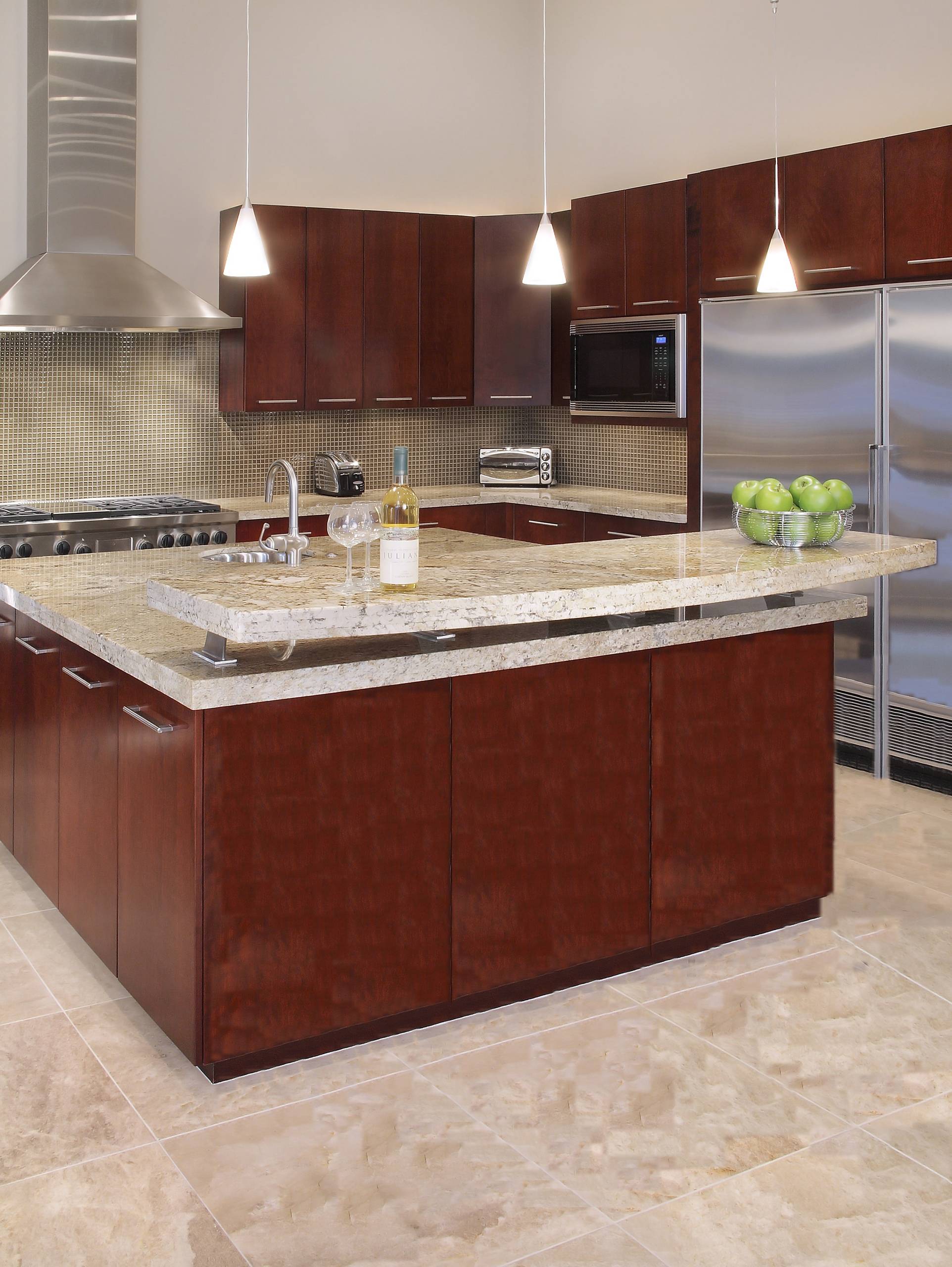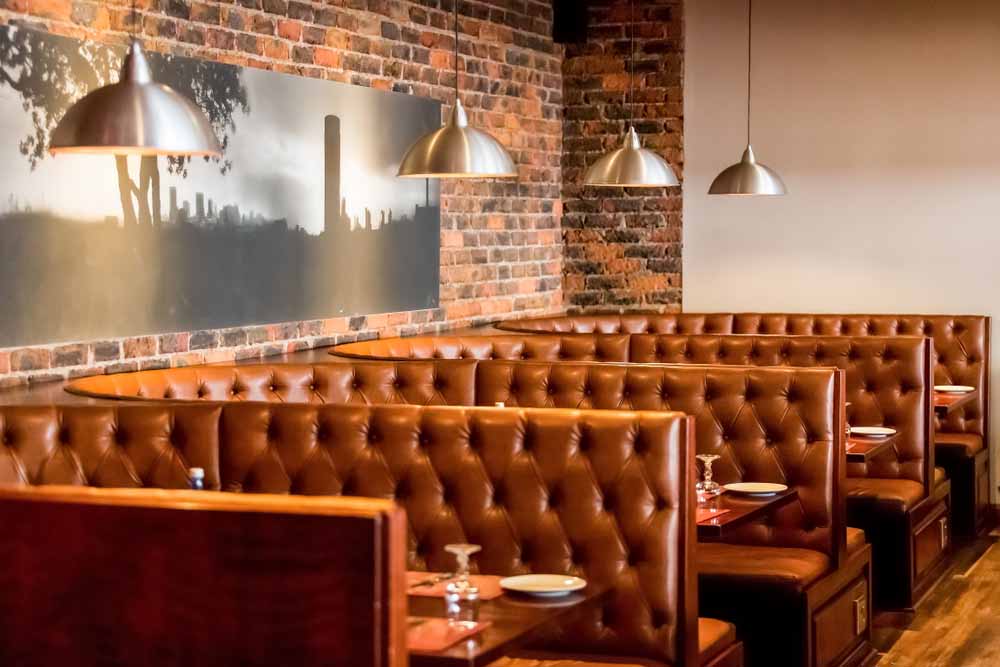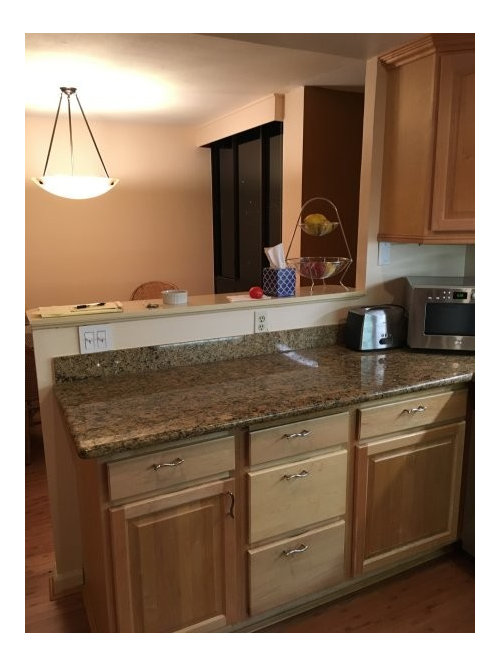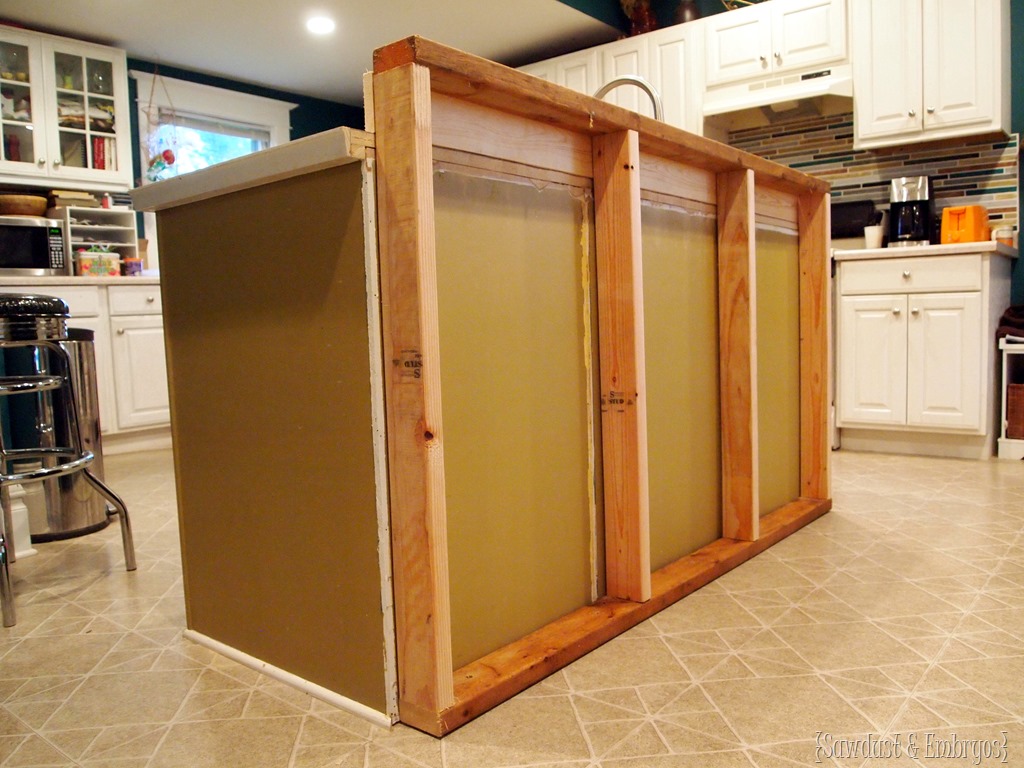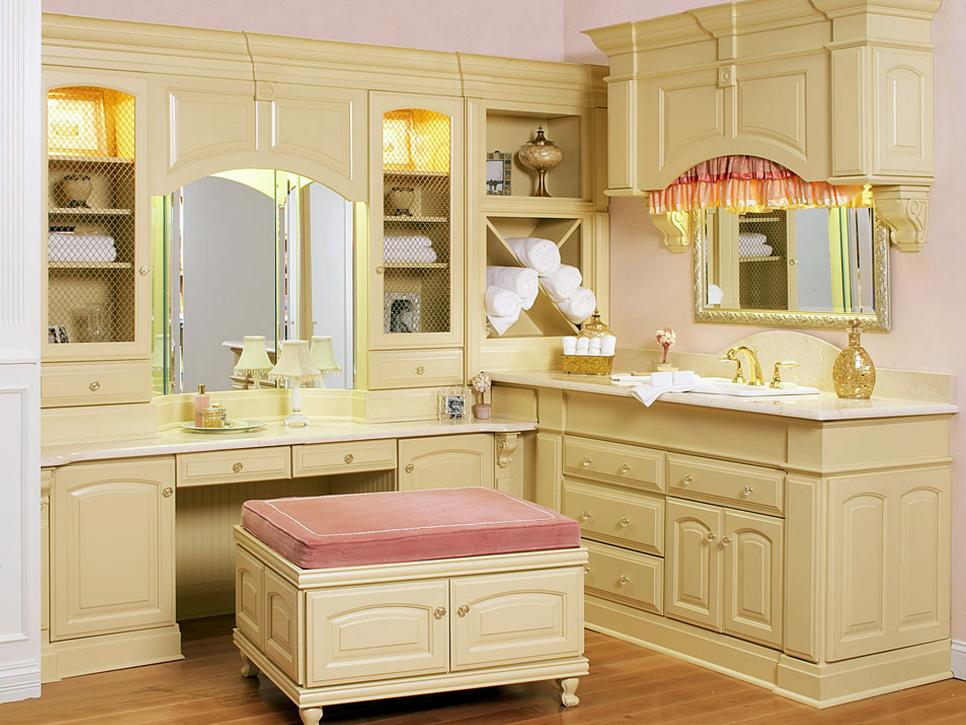A raised bar on your kitchen counter can add a touch of elegance and modernity to your kitchen design. This type of countertop is becoming increasingly popular, not only for its aesthetic appeal but also for its functionality. Whether you're entertaining guests or simply enjoying a quick meal, a raised bar creates a designated space for dining and socializing in the heart of your home.1. Raised Bar Countertops: A Sleek Addition to Your Kitchen
The traditional kitchen island has been given a modern twist with the addition of a raised bar. This elevated section of the countertop not only adds dimension to your kitchen but also creates an open and inviting atmosphere. It's the perfect spot for casual meals, homework sessions, or even a makeshift office while you're cooking.2. Kitchen Counter with Raised Bar Height: A Modern Twist
If you're considering adding a raised bar to your kitchen counter, there are a few key factors to keep in mind. Firstly, it's important to choose a height that is comfortable for both standing and sitting. The standard bar height is around 42 inches, but you can go slightly higher or lower depending on your personal preference. Next, think about the placement of your raised bar. It's best to position it near a seating area or in an open space where it won't obstruct the flow of traffic in your kitchen. Lastly, consider the design and materials of your kitchen cabinets and countertops to ensure that the raised bar complements the overall look of your space.3. How to Incorporate a Raised Bar into Your Kitchen Design
Aside from its aesthetic appeal, a raised bar on your kitchen counter offers many practical benefits. For one, it provides extra counter space for food preparation, especially if your kitchen is on the smaller side. It also creates a designated area for dining and socializing, keeping your main cooking area free from clutter. Additionally, a raised bar can serve as a buffer between your kitchen and living or dining areas, helping to define the space and create a more cohesive design. It can also be a great spot for kids to do their homework or for guests to sit and chat while you're cooking.4. The Benefits of a Raised Bar on Your Kitchen Counter
When it comes to designing your kitchen with a raised bar counter, the possibilities are endless. You can choose from a variety of materials such as granite, marble, quartz, or even wood to suit your personal style and budget. Adding bar stools in a complementary color or material can also enhance the overall look of your kitchen. To make your raised bar even more functional, you can install outlets and USB ports for charging devices or add shelves or cabinets underneath for extra storage. Don't be afraid to get creative and make your raised bar a statement piece in your kitchen.5. Creating a Functional and Stylish Kitchen with a Raised Bar Counter
When selecting materials for your raised bar kitchen counter, durability and maintenance are key factors to consider. You want a material that can withstand daily wear and tear, spills, and heat. Granite and quartz are popular choices for their durability and low maintenance, while marble adds a touch of luxury to your kitchen. If you're on a budget, you can opt for laminate or wood, which can mimic the look of more expensive materials. Just make sure to choose a high-quality laminate that is moisture-resistant and can handle hot dishes. Ultimately, the material you choose for your raised bar should complement the overall design of your kitchen and fit within your budget.6. Choosing the Right Materials for Your Raised Bar Kitchen Counter
If you have a small kitchen, a raised bar can be a game-changer in terms of space utilization. By adding a raised bar, you create extra counter space for food preparation and dining without taking up additional floor space. This is especially beneficial for open-concept kitchens where space may be limited. You can also use your raised bar as a transition between your kitchen and living or dining areas, making the space feel more open and inviting. With the right layout and design, a raised bar can make your small kitchen feel more spacious and functional.7. Maximizing Space with a Raised Bar on Your Kitchen Counter
Adding a raised bar to your kitchen counter may seem like a daunting task, but with the right tools and know-how, it can be a relatively straightforward DIY project. First, you'll need to measure the desired length and height of your raised bar and mark it on your existing countertop. Next, using a circular saw or jigsaw, cut along the marked lines to create the opening for your raised bar. Sand the edges and apply a sealant to prevent water damage. Finally, install the support brackets for the raised bar and secure it in place. You can also hire a professional to do the installation for a more polished look.8. Adding a Raised Bar to Your Kitchen: A Step-by-Step Guide
The key to a functional raised bar is having comfortable seating options. When selecting bar stools, make sure to choose ones that are the appropriate height for your raised bar. They should also be comfortable and sturdy enough to withstand regular use. You can choose from a variety of styles, from backless stools that tuck neatly under the bar to swivel stools that allow for easy conversation. Consider the material and color of the stools to ensure they complement the design of your kitchen.9. Incorporating Seating into Your Raised Bar Kitchen Counter
Still not convinced that a raised bar counter can make a significant impact on your kitchen? Take a look at some before and after photos and see for yourself. A raised bar can completely transform the look and feel of your kitchen, making it more functional, stylish, and inviting. Whether you're looking to add a modern twist to your kitchen or simply want to create a designated dining area, a raised bar counter is a must-have addition. With the right design and materials, it can elevate your kitchen and make it the heart of your home.10. Transforming Your Kitchen with a Raised Bar Counter: Before and After
The Benefits of a Kitchen Counter with Raised Bar Height

Creating a Functional and Stylish Space
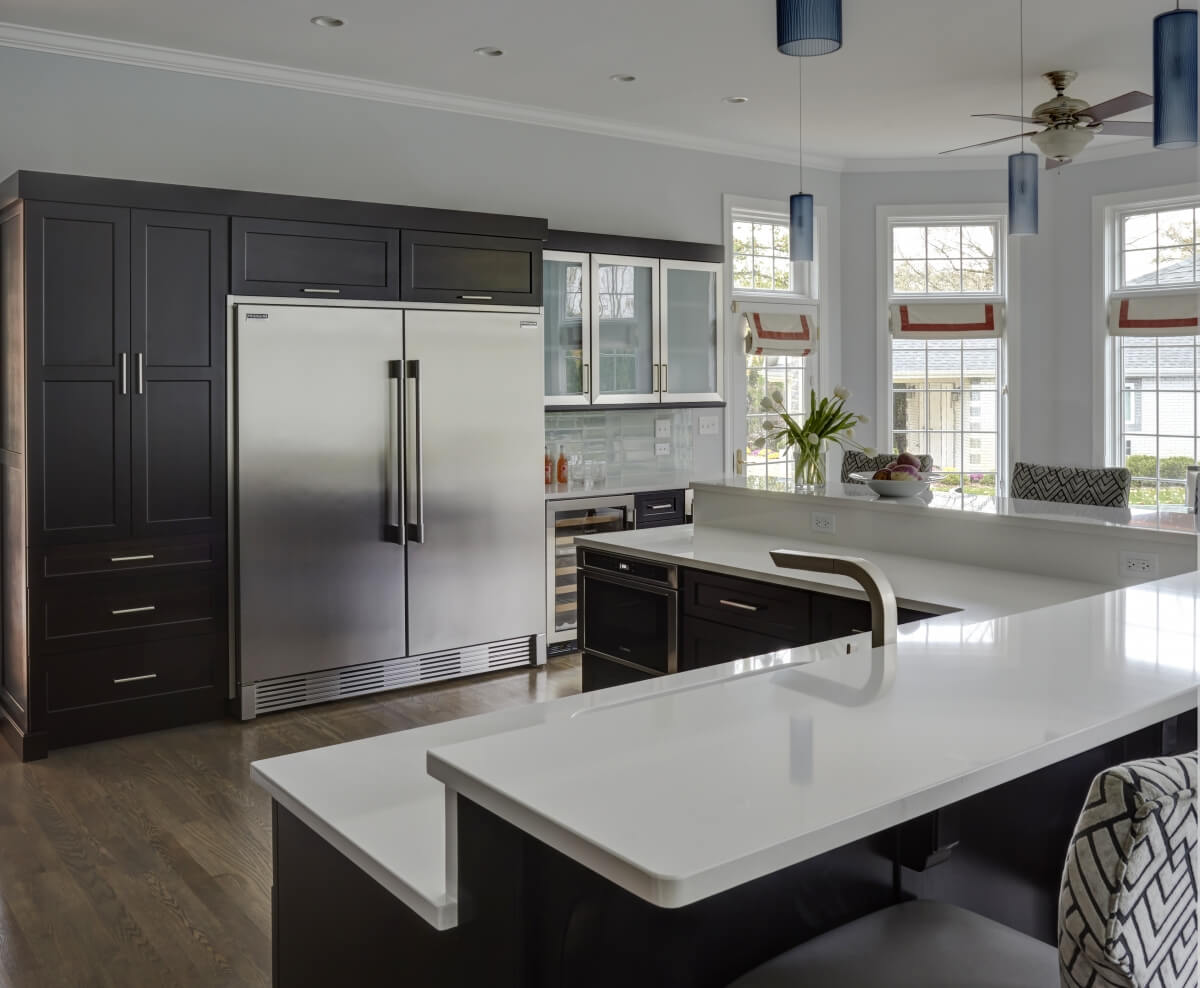 When it comes to designing a kitchen, there are many factors to consider. From the layout to the appliances, every detail plays a role in creating a functional and stylish space. One often overlooked element is the height of the kitchen counter and whether or not it should include a raised bar.
Kitchen counters with raised bar height
offer a variety of benefits that can enhance both the functionality and design of your kitchen.
When it comes to designing a kitchen, there are many factors to consider. From the layout to the appliances, every detail plays a role in creating a functional and stylish space. One often overlooked element is the height of the kitchen counter and whether or not it should include a raised bar.
Kitchen counters with raised bar height
offer a variety of benefits that can enhance both the functionality and design of your kitchen.
Additional Seating and Entertaining Space
:max_bytes(150000):strip_icc()/GettyImages-532846352-afdeedcb2891411496c0ff50ec82bdf2.jpg) One of the main advantages of a
raised bar
on your kitchen counter is the additional seating and entertaining space it provides. This is especially useful for those who love to host gatherings and need extra room for guests to sit and dine. The raised bar height also allows for a more casual and relaxed atmosphere, perfect for enjoying a drink or snack with friends and family.
One of the main advantages of a
raised bar
on your kitchen counter is the additional seating and entertaining space it provides. This is especially useful for those who love to host gatherings and need extra room for guests to sit and dine. The raised bar height also allows for a more casual and relaxed atmosphere, perfect for enjoying a drink or snack with friends and family.
Maximizing Small Spaces
 For those with smaller kitchens, a
raised bar
can be a game-changer. By adding a raised bar to your kitchen counter, you are essentially creating an extra surface area that can be used for food prep, dining, or even as a makeshift office space. This is especially beneficial for those who have limited counter space and need to make the most of every inch.
For those with smaller kitchens, a
raised bar
can be a game-changer. By adding a raised bar to your kitchen counter, you are essentially creating an extra surface area that can be used for food prep, dining, or even as a makeshift office space. This is especially beneficial for those who have limited counter space and need to make the most of every inch.
Separating Spaces in Open Concept Designs
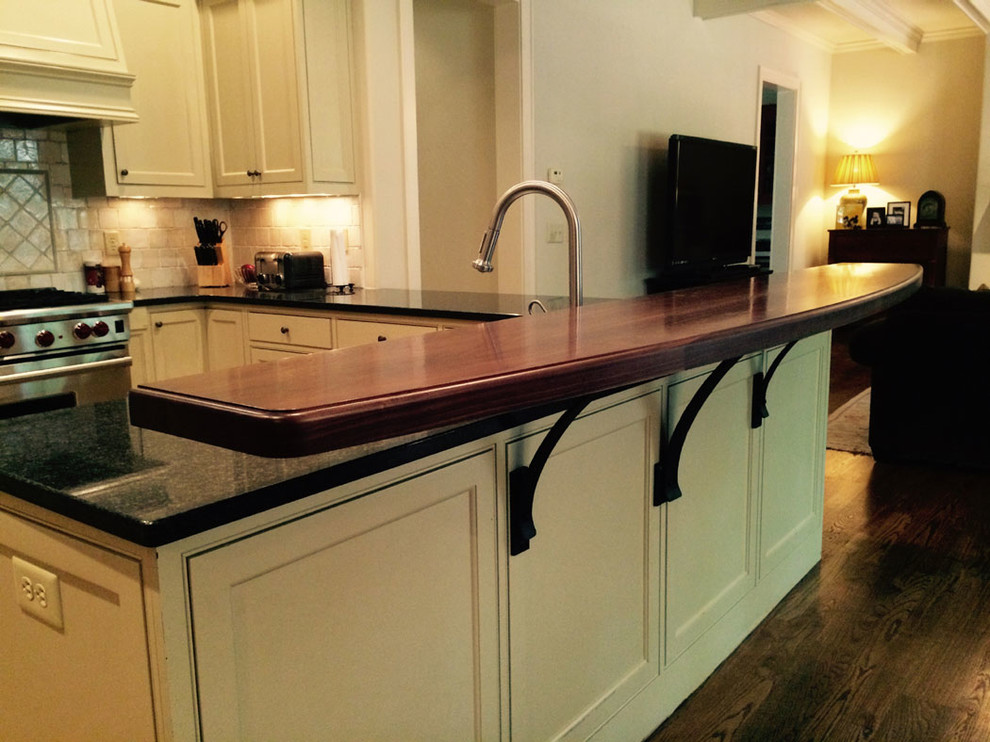 In recent years, open concept designs have become increasingly popular in home design. While this layout can create a spacious and connected feel, it can also lack defined spaces. A
kitchen counter with raised bar height
can be a great solution for separating the kitchen from the living or dining area. This subtle divide can help define different areas in the open concept space while still maintaining a cohesive design.
In recent years, open concept designs have become increasingly popular in home design. While this layout can create a spacious and connected feel, it can also lack defined spaces. A
kitchen counter with raised bar height
can be a great solution for separating the kitchen from the living or dining area. This subtle divide can help define different areas in the open concept space while still maintaining a cohesive design.
Adding Visual Interest and Dimension
 In terms of design, a
raised bar
can add visual interest and dimension to your kitchen. It breaks up the monotony of a flat counter surface and can serve as a focal point in the room. You can also get creative with the materials and design of the raised bar, such as using a different countertop material or adding decorative tiles to the front.
In terms of design, a
raised bar
can add visual interest and dimension to your kitchen. It breaks up the monotony of a flat counter surface and can serve as a focal point in the room. You can also get creative with the materials and design of the raised bar, such as using a different countertop material or adding decorative tiles to the front.
Conclusion
 In conclusion, a
kitchen counter with raised bar height
offers many benefits for both functionality and design. From providing additional seating and entertaining space to maximizing small spaces and adding visual interest, a raised bar can make a significant impact on the overall look and feel of your kitchen. So if you're looking to elevate your kitchen design, consider incorporating a raised bar onto your counter.
In conclusion, a
kitchen counter with raised bar height
offers many benefits for both functionality and design. From providing additional seating and entertaining space to maximizing small spaces and adding visual interest, a raised bar can make a significant impact on the overall look and feel of your kitchen. So if you're looking to elevate your kitchen design, consider incorporating a raised bar onto your counter.



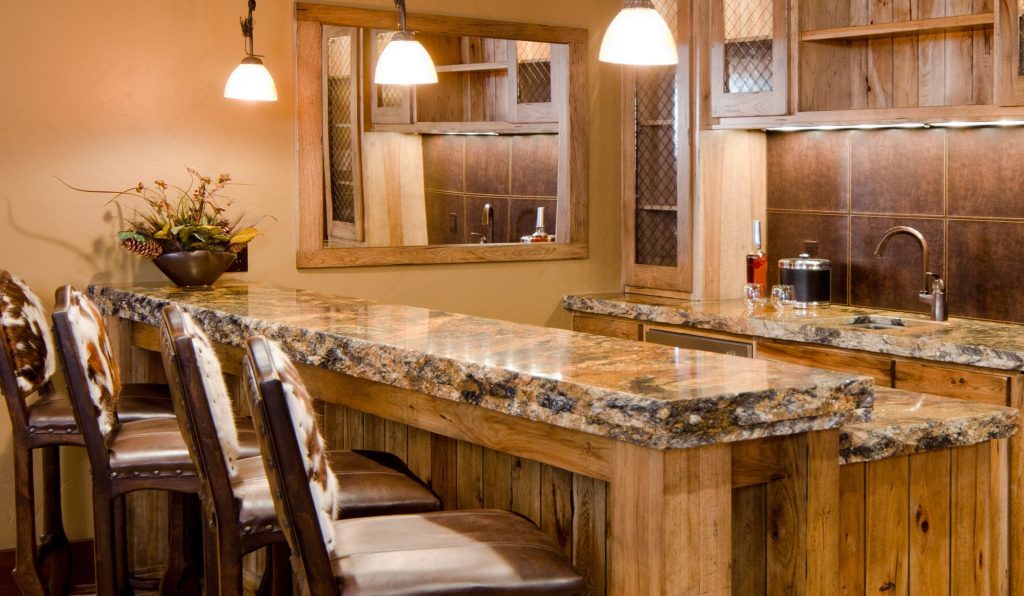









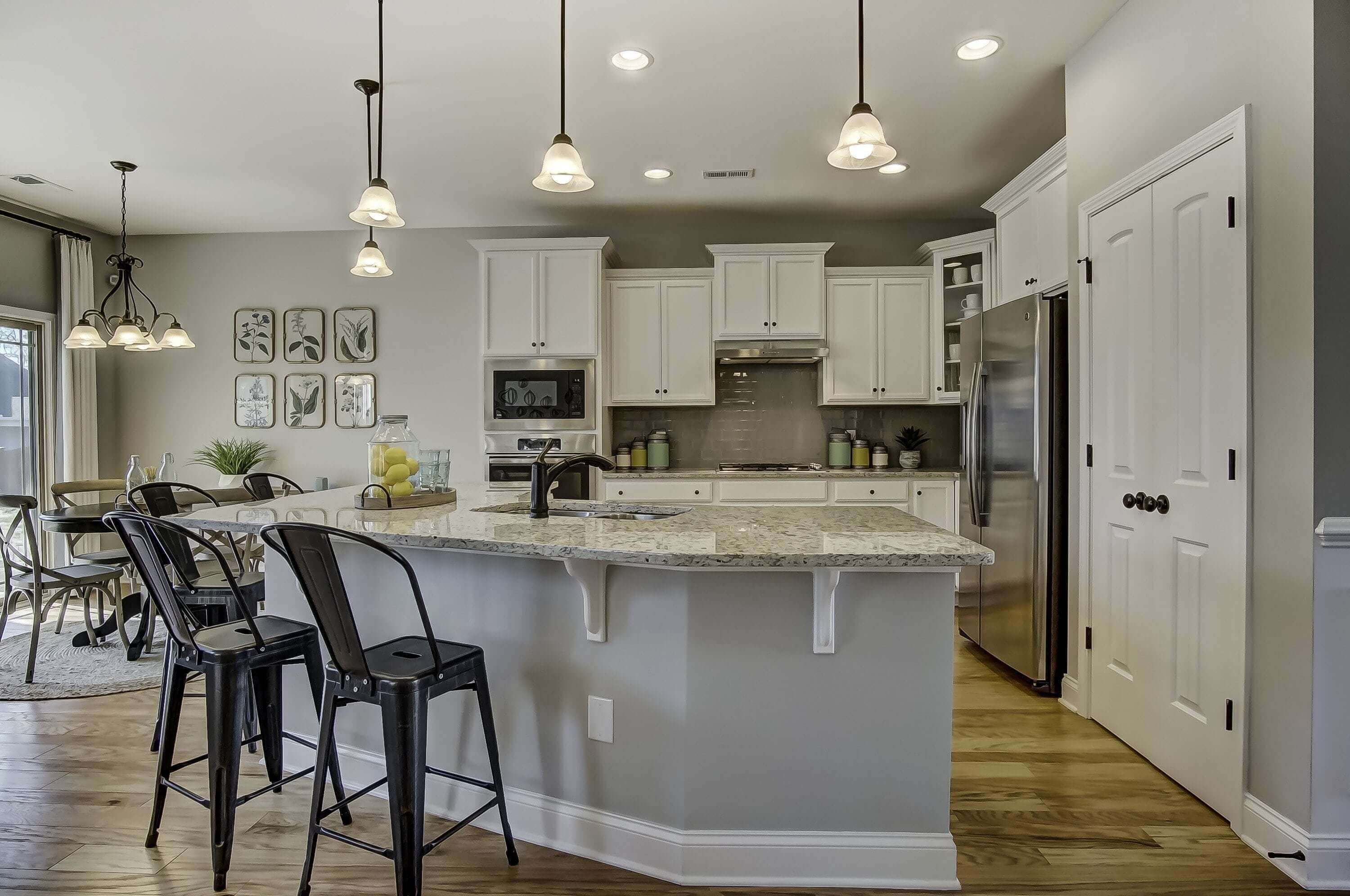
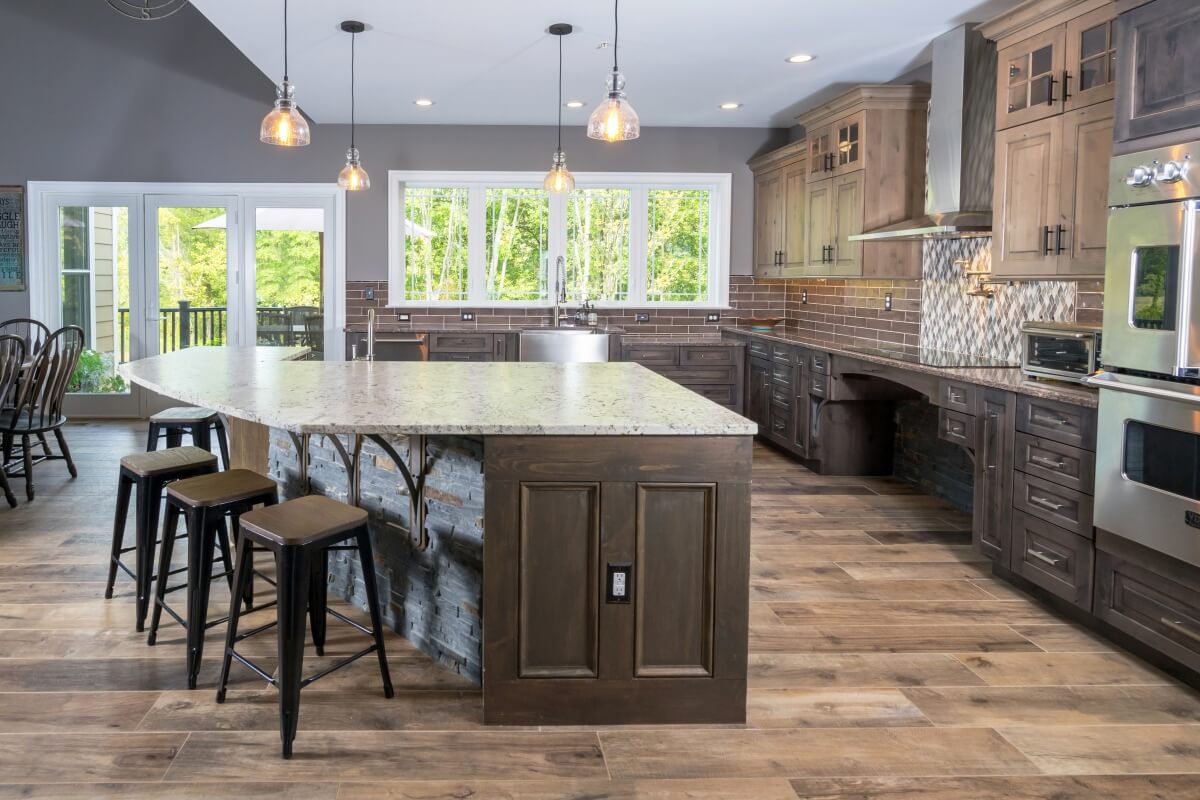





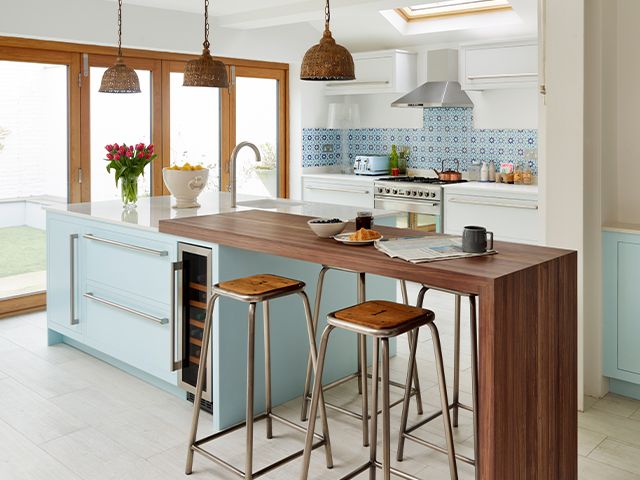




/kitchen-bars-15-pure-salt-magnolia-31fc95f86eca4e91977a7881a6d1f131.jpg)




